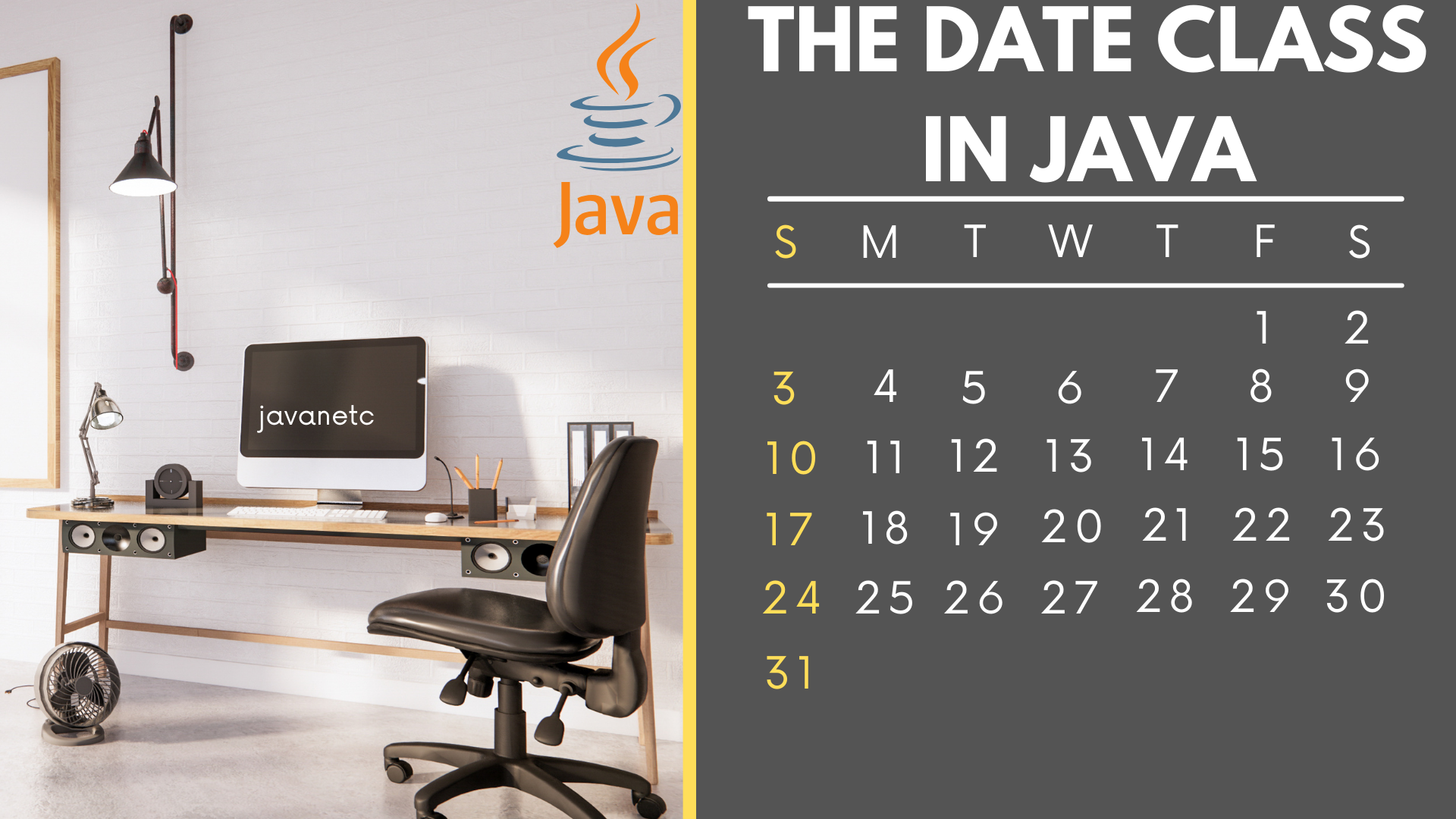Introduction
In the vast landscape of Java programming, one fundamental class stands out for its pivotal role in managing date and time information – the Date class in Java. In this comprehensive guide, we will delve into the intricacies of the Date class, exploring its functionalities, syntax, and practical applications. Join us on this journey to master the art of working with dates in Java programming.
Table of The Date Class in Java
Understanding The Date Class in Java
What is the Date Class?
The java.util.Date class is a cornerstone in Java’s date and time manipulation capabilities. It encapsulates the number of milliseconds since January 1, 1970, 00:00:00 GMT (the epoch time). While the Date class in Java provides a simple representation of date and time, it’s essential to note that it has undergone enhancements with the introduction of the java.time package in Java 8.
Why Use The Date Class in Java ?
The Date class in Java is crucial for various scenarios in Java development, such as:
Recording Timestamps: Use the Date class to capture and store timestamps for events, logs, or database entries.
- Date Arithmetic: Perform date arithmetic, including calculations like adding or subtracting days, months, or years.
- Comparisons: Compare dates to determine their order, facilitating sorting or filtering operations in your applications.
The Anatomy of The Date Class in Java
Constructor and Initialization:
To create a Date object, you can use the following constructors:
// Current date and time
Date currentDate = new Date();
// Date from milliseconds since epoch
Date specificDate = new Date(longValue);
Common Methods:
Here are some commonly used methods of the Date class:
- toString(): Convert the
Dateobject to a human-readable string representation.
String dateString = currentDate.toString();
System.out.println("Date as String: " + dateString);
2.before(Date when): Check if the current date is before the specified date.
boolean isBefore = currentDate.before(specificDate);
System.out.println("Is current date before specific date? " + isBefore);
3.after(Date when): Determine if the current date is after the specified date.
boolean isAfter = currentDate.after(specificDate);
System.out.println("Is current date after specific date? " + isAfter);
4.compareTo(Date anotherDate): Compare two dates for ordering.
int comparisonResult = currentDate.compareTo(specificDate);
System.out.println("Comparison Result: " + comparisonResult);
Deprecated Methods:
It’s important to note that some methods in the Date class have been deprecated, indicating that they are no longer considered best practice. For example, the getYear(), getMonth(), and getDay() methods have been deprecated. Instead, it’s recommended to use the Calendar class or, better yet, the classes in the java.time package for more comprehensive functionality.
Practical Examples
Example 1: Displaying the Current Date
Date currentDate = new Date();
System.out.println("Current Date: " + currentDate);
Example 2: Calculating the Difference Between Two Dates
Date startDate = new Date();
// Perform some operations...
Date endDate = new Date();
long timeDifference = endDate.getTime() - startDate.getTime();
System.out.println("Time Difference (in milliseconds): " + timeDifference);
Advancements in Java 8: The LocalDate Class
With the advent of Java 8, the java.time package introduced a more comprehensive set of classes for date and time manipulation. The LocalDate class, part of this package, provides a modern alternative to the Date class, offering improved functionality and readability.
Example: Working with LocalDate
import java.time.LocalDate;
LocalDate currentDate = LocalDate.now();
System.out.println("Current Date: " + currentDate);
The Importance of Keeping Your Codebase Up-to-Date
As technology evolves, it’s crucial to stay current with the latest advancements in Java. While the Date class remains functional, migrating to the java.time package ensures compatibility with modern programming standards and best practices.
Conclusion
In this extensive guide, we’ve explored the Date class in Java, understanding its significance, syntax, and practical applications. Whether you’re recording timestamps, performing date arithmetic, or comparing dates, the Date class serves as a versatile tool in your Java programming toolkit. Embrace the evolution of Java by considering the adoption of the java.time package for enhanced date and time manipulation capabilities. Mastering the Date class is not just about understanding its methods; it’s about leveraging its power to build robust and efficient Java applications.



